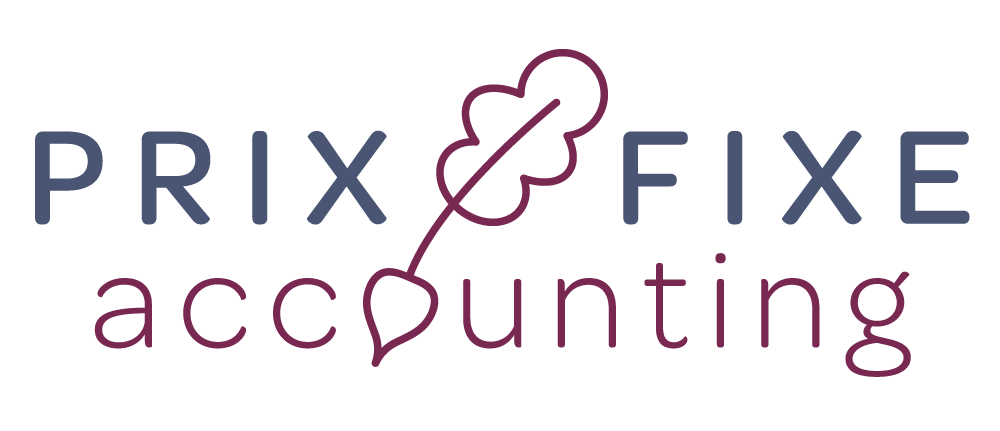As a business owner, it's important to understand the tax implications of your hiring decisions. Specifically, the 1099 process is something you should be familiar with in order to ensure compliance with the IRS and other tax agencies.
In this article, we'll cover what 1099s are and how to report them, as well as the best practices to follow when it comes to gathering your filing information and meeting deadlines.
The 1099 process can be daunting for employers, and getting contractors to fill out the W-9 form can be especially challenging. Lawyers often provide their EIN on their invoices which is helpful, but otherwise providing an available PDF form can be useful. You can also invite the contractor to fill out their W-9 information inside QuickBooks Online, though this has less than 50% success rate. If you don't have the necessary tools for a secure document signature, then you may need to resort to mailing out a physical form via the USPS.
What Are 1099s?
A 1099 is a tax form that is used to report non-employee income other than wages, salaries, and tips, to the IRS and states. Recipients of 1099s are usually freelancers, independent contractors, and other businesses. The form is used to track how much money an individual or business was paid for certain services and is typically sent out to the recipient and the IRS at the end of the fiscal year.
When are 1099’s Due?
The due date for 1099s is January 31 for federal filing, and most states follow the same deadline. However, states like New York and Vermont do not require 1099s unless state income tax has been withheld. Make sure to send out the recipient copies (Copy B and Copy 2), as well as a 1096 if you are filing paper returns. If filing electronically, no 1096 is required.
How to Gather Your Information and Report 1099s
When it comes to filing 1099s, it’s best to get started as soon as possible. Aim to have the majority of your 1099s sent out to recipients by Week 3 of January, so that you have plenty of time to make adjustments before the final deadline of January 31st.
If you're bringing a new vendor onboard, make sure to ask them for a completed W-9 and a Certificate of Liability Insurance before you issue payment. This is a common requirement and can help you avoid having to chase the vendor down in January. It's also a good idea to hold back payment until the necessary documentation is received.
Completing a W-9
The W-9 form requires certain information - the name that shows up on the tax return, any doing business as name, the vendor's entity type, address, account numbers, social security number or EIN, and a signature. Any LLCs or C corps do not need a 1099. If a contractor balks at filling out the W-9, explain to them why you need the information, and if they still refuse, make sure you document that you made a good faith effort to retrieve the information.
What to Do with the Completed W-9
Once you have a completed W-9, it's a good idea to attach it to the vendor record within the general ledger system for future reference. In QuickBooks, that would be in the vendor portal under “edit” where you can add attachments. Additionally, make sure to update the vendor record with the EIN and have all fields ready to go with the correct address so that the 1099 gets to where it needs to go. If you file a 1099 without the EIN or social security number, you may get a warning letter from the IRS but there is no penalty.
Reviewing Information
Once you have all the necessary information, it's time to review it and make sure everything is in order. We recommend using the 1099 wizard within QuickBooks Online (QBO) to verify your vendor selections and account mapping. The wizard will help you make sure you're selecting the correct information for the 1099s.
Filing 1099’s via QuickBooks Online
Navigating to the 1099 Wizard: To navigate to the 1099 wizard, open the vendor center in QBO, and click the 'Per 1099' button on the top right. The first page will ask you to verify your company info, so make sure to check your company name, legal address, and EIN.
Selecting Accounts: On the next page, you'll be asked to select the non-employee accounts. Make sure to check all applicable accounts, such as repairs and maintenance, professional fees, commissions, and leasehold improvements. You'll also be asked to select rent, but the wizard will usually do that automatically.
Viewing Report: After you've selected all the accounts, you'll be able to view a report of all the vendors who need a 1099 and the amounts due. If any vendors are missing, you can click 'Add from Vendor List' and check them off.
1099 filing process: Once you've verified all the information, you can choose to handwrite your 1099s on special 1099 paper, or use QBO to file. You can also use a third-party app to file your 1099s.
Common Questions
Can an employee receive a W-2 and a 1099 at the same time?
While this could be seen as a red flag by the IRS, it is possible for an employee to receive both forms if the 1099 income is part of an employment arrangement.Having employees that have a side business on the side can often raise questions about their employment status. If the employee has evidence to show that their side business is a bona fide business, they can get a 1099 for the work
What is a Bona Fide Business?
A common example of this is with employees who offer cleaning services on the side. If they are only cleaning the office and have no other clients, then their income should be employment income. This should be separated on their wage statement as being for cleaning. If they don't have other clients or liability insurance, then it is a red flag that they should be treated as an employee.
Should I pay catering staff as contractors?
When it comes to paying employees, it is important to note that even if someone only works for you once or twice a year, they should still be paid through the restaurant payroll. This is because it is part of your normal business activity. The IRS has a handy chart that helps to determine if an individual is an employee or independent contractor. This has to do with the level of control you have over the employee, as well as whether or not you are telling them where to be and what to do.
Getting Help
If you find the 1099 process overwhelming, don’t hesitate to reach out for help. There are plenty of experts available to assist you in gathering and verifying your information, as well as communicating with vendors and managing the filing process.













